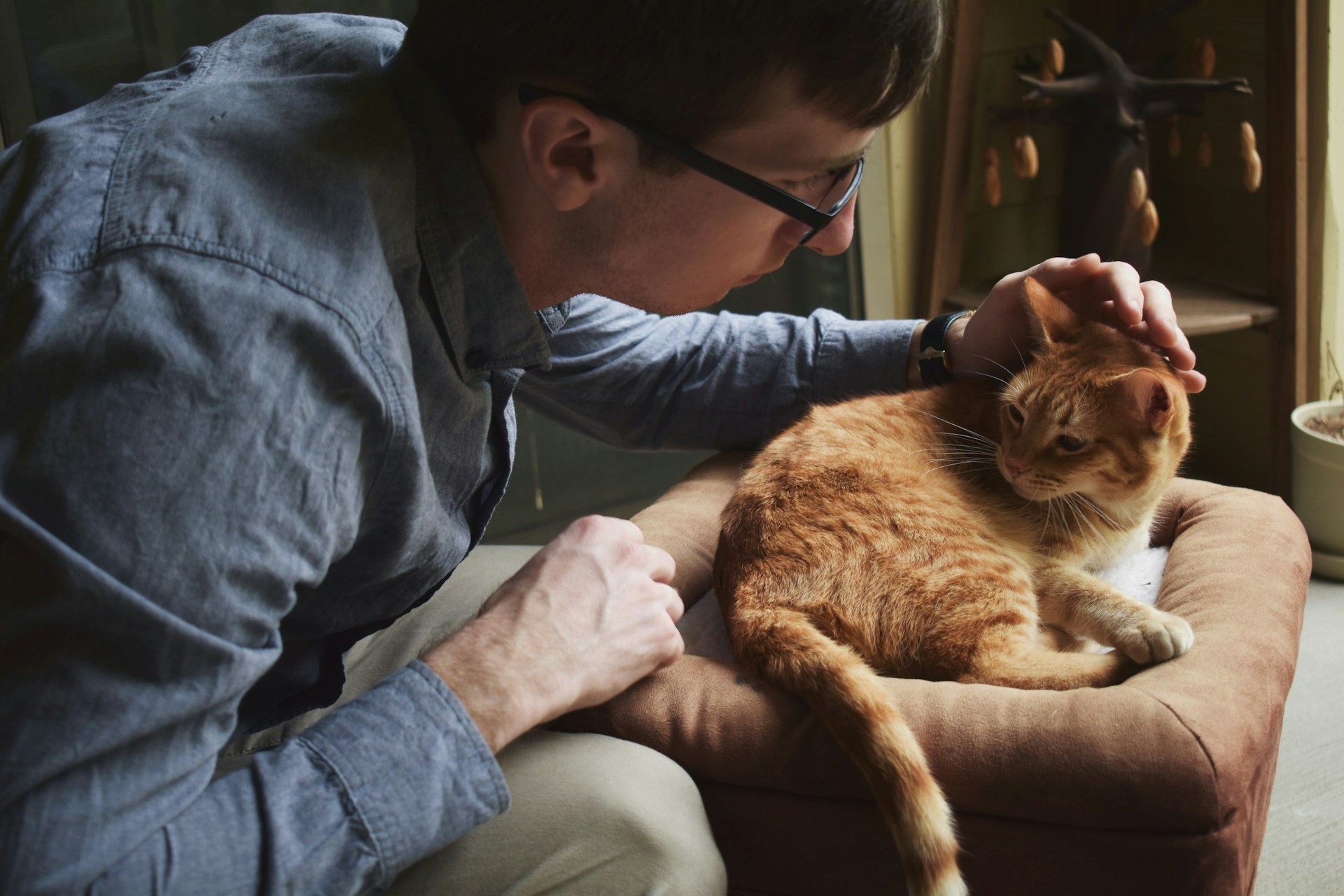
08 Mar Stomatitis in Cats: Symptoms, Causes, and Treatment
Feline chronic gingivostomatitis (FCGS) is a severe, immune-mediated, oral (mucosal) inflammatory disease of cats. Therefore, this disease is not a cancerous process. Unfortunately, affected cats are in extreme discomfort due to the profound inflammation associated with this oral disease.
Symptoms of Feline Chronic Gingivostomatitis
The hallmark of FCGS is bilateral (both sides) inflammation in the caudal (posterior) oral cavity in the area adjacent/lateral to the palatoglossal folds.3 Sores often also affect the tongue base and gums (gingiva). The reported prevalence of FCGS ranges from 0.7 to 12.0%.1 FCGS is typically diagnosed in cats ranging from 3-10 years of age but is present in both older and younger cats as well.
Clinical signs in cats affected by FCGS vary significantly and range from some cats being able to completely hide this painful disease versus others having complete debilitation. Symptoms can include halitosis (foul breath), ptyalism (excessive salivation/drooling), lack of grooming/maintaining their coats, or even difficulty eating and secondary weight loss if left unmanaged.1,3
What Causes Feline Chronic Gingivostomatitis?
Currently, the cause of FCGS is unknown despite extensive investigations. Several conditions and infectious causes have been implicated without proof of causation, including dental disease, environmental stress/hypersensitivity, feline calicivirus (FCV), feline herpesvirus (FHV-1), feline immunodeficiency virus (FIV), feline leukemia virus (FeLV), various bacteria.1 Demonstration of causal relationships has not been successful, but, of these agents, FCV seems to have the most consistent evidence of being associated with FCGS.1 Interestingly, FCGS is higher in multi-cat compared to single-cat households.2 Overall FCGS seems to be a manifestation of an inappropriate immune response to antigenic (foreign) stimulation, potentially exacerbated by viral infection.1
FCGS Treatment
In general, there are two approaches to the treatment of FCGS: surgical and medical.1 Unfortunately, and very importantly, on its own, medical treatment typically does not yield favorable long-term outcomes. Thus, the current standard of care for affected cats is surgical intervention with or without additional medical management (ie. medications long-term). Regardless of the treatment modality, all cats require diligent pain management.
Surgery
Surgical treatment involves dental extractions. This is typically full-mouth extractions, meaning all of the teeth are extracted (removed). In some cases, it may be appropriate to only remove all of the teeth behind the canines, however, a veterinary dentist is the best person to consult with to make this treatment decision. Overall, following surgical treatment, outcomes can be divided into approximate thirds for cats achieving complete remission, substantial improvement, and little to no improvement.1 In other words, substantial improvement or resolution of FCGS can be optimistically expected in 70% to 80% of cats. Unfortunately, this means approximately 20% to 30% of cats show minimal or no improvement with surgery alone.
Medical Therapy
If additional medical management is required after extractions, the basis of medical therapy is immunosuppression or immunomodulation because FCGS is an immune-mediated inflammatory disease. Medications can include recombinant feline interferon omega, cyclosporine, and recently, mesenchymal stem cells. One or multiple of these additional treatments may be necessary for your cat to have the best chance of achieving full remission.
Cat Dentist in Denver, Colorado
If your cat is exhibiting signs of FCGS or any other dental issues, give our office a call to make an appointment. Our team is dedicated to providing compassionate veterinary dental care and improving the well-being of Colorado cats.
References:
- Lee DB, Verstraete FJM, Arzi B. An Update on Feline Chronic Gingivostomatitis. Vet Clin North Am Small Anim Pract. 2020 Sep;50(5):973-982. doi: 10.1016/j.cvsm.2020.04.002. Epub 2020 Apr 18. PMID: 32360016; PMCID: PMC7194110.
- Peralta S, Carney PC. Feline chronic gingivostomatitis is more prevalent in shared households and its risk correlates with the number of cohabiting cats. J Feline Med Surg. 2019 Dec;21(12):1165-1171. doi: 10.1177/1098612X18823584. Epub 2019 Jan 21. PMID: 30663939.
- Rolim VM, Pavarini SP, Campos FS, Pignone V, Faraco C, Muccillo MS, Roehe PM, da Costa FV, Driemeier D. Clinical, pathological, immunohistochemical and molecular characterization of feline chronic gingivostomatitis. J Feline Med Surg. 2017 Apr;19(4):403-409. doi: 10.1177/1098612X16628578. Epub 2016 Jul 9. PMID: 26858258.
Images used under creative commons license – commercial use (3/8/2024). Photo by Marina Hanna on Unsplash



